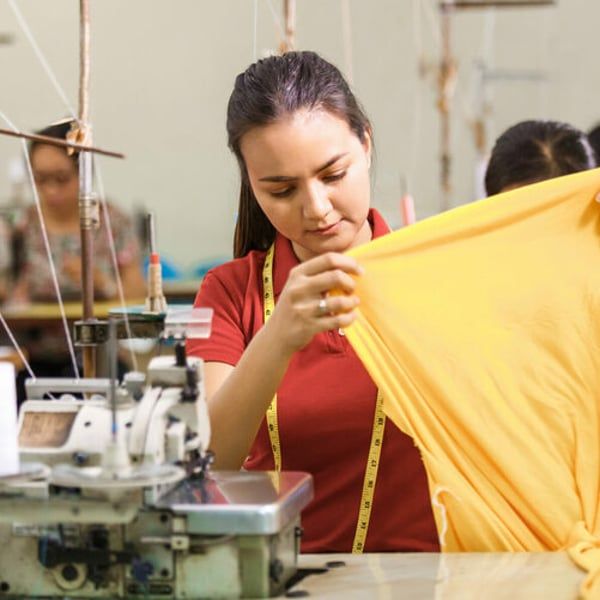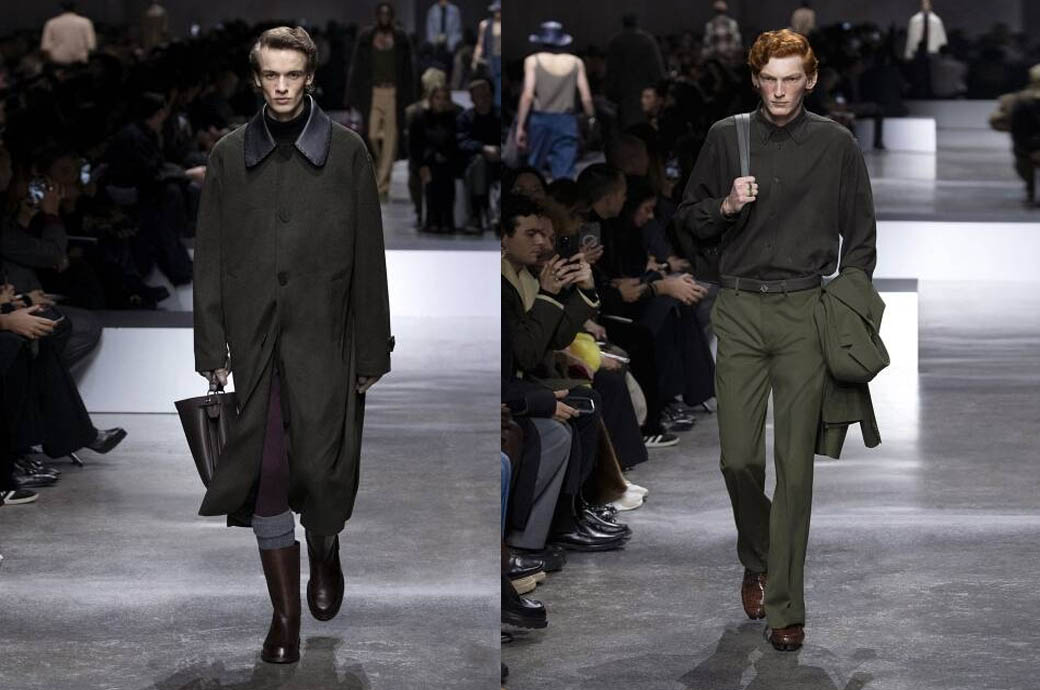Translated by
Nicola Mira
Published
February 7, 2024
European imports of textiles and clothing recorded a strong increase in 2022, both in value and volume. The trend appears to have reversed in fiscal year 2023, according to figures presented by the French Fashion Institute (IFM) at the Première Vision Paris fair, held from February 6 to 8.
Preliminary estimates for 2023 showed that the European Union (EU) imported €83.5 billion worth of clothing last year, equivalent to an annual drop of 15.9% in value and 16% % by volume. “This can be interpreted as an adjustment, after a crazy 2022,” said Gildas Minvielle, head of the IFM Economic Observatory. He noted that, in 2022, imports had increased by 41% in value and 22% in volume from the previous year.
Such strong growth was attributed to the fact that markets were expecting a post-pandemic recovery, while inflation also helped boost import values. “It was also likely that, in an inflationary context, buyers would tend to place larger orders to obtain better prices from their suppliers,” Minvielle said. In particular, she indicated that, between 2019 and 2023, European clothing imports increased by 4.5% in value, but fell by 11.9% in volume.
From a longer-term perspective, the IFM study found that European clothing imports grew by an average of 5.4% annually between 2002 and 2022. During these two decades, China's market share increased from 20% to 32%, reaching a maximum of 39%. % between 2013 and 2015. “The domestic market, which was supposed to be the engine of growth for the Chinese [apparel] sector, is struggling to prosper,” Minvielle said, especially given the high levels of savings in the country.
China, the main textile exporter
During the same period, EU textile imports grew by an average of 42% annually, and China's share increased from 13% in 2002 to 44% in 2022. An increase that confirms the importance of China for the European textile sector in regards to supply. . China is the world's leading exporter of textiles, with a market share of 43.6%, far ahead of its biggest competitor, the EU, whose share is 7.4%.

However, in 2023, Europe's textile imports fell by 10.9% in volume and 19.5% in value, to €31.6 billion. During the same period, Chinese textile imports fell by 27.1%. The top 10 textile suppliers in Europe recorded a drop in value, except the fifth in the ranking, the United Kingdom, which recorded a slowdown in 2022 but recorded growth of 9.8% in 2023.
resilient tunisia
A similar downward trend characterized the performance of most of the EU's top 10 clothing suppliers. In 2023, China topped the list with goods worth €23 billion, but this amounted to a drop of 21.3%, compared to Bangladesh's 19.9% at €17.5 billion. Tunisia was the only exception to this negative trend. The North African country ranked tenth among EU clothing suppliers and confirmed the growth recorded in 2022 by recording an increase of 4.5% in 2023, with 2.4 billion euros.
“Tunisia has enjoyed good momentum in recent years, and some of its customers have returned to place new orders,” Minvielle said. The country may also have benefited in part from the decline in supplies in Ukraine following Russia's invasion.

Local sourcing in general is proving popular, as confirmed by figures by production region. In 2023, EU clothing imports from Asia fell by 19.3% in value, while imports from Mediterranean basin countries fell by 17.8%, despite falls in imports coming from Turkey (13.4%) and Morocco (15.9%).
EU supply map remains unchanged
While rising prices have affected import volumes, the overall regional trend has remained stable. Between 2019 and 2023, Asia's share of European clothing imports increased from 70.9% to 72.6%. The share of China and Hong Kong fell 1.6 points to 27.6%, while that of other Asian countries increased 3.3 points to 45%. The market share of the Mediterranean basin region increased by one point to 18.4%.
The IFM graph showing EU clothing sourcing by region since 2004 showed that, after the trough in 2020 and the peak in 2022, the slowdown recorded in 2023 can be read as a continuation of the trend of the last 20 years. If the pandemic had not occurred and the growth of imports from Asia had maintained the same pace over the last two decades, Asia would still have reached the same levels it reached in 2023. “It is in this sense that we can talk about a return to normality,” Minvielle concluded.
Copyright © 2024 FashionNetwork.com All rights reserved.












